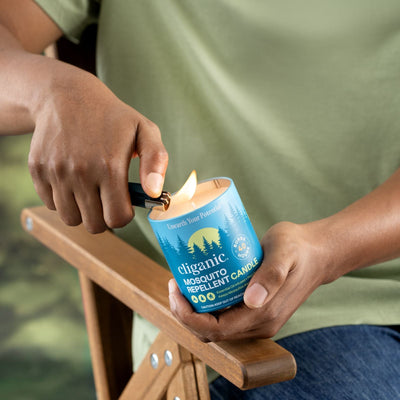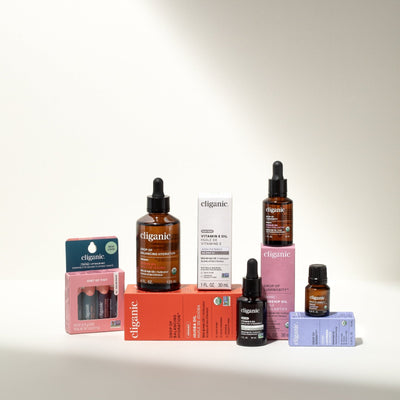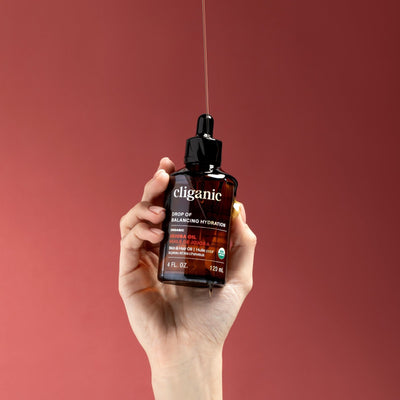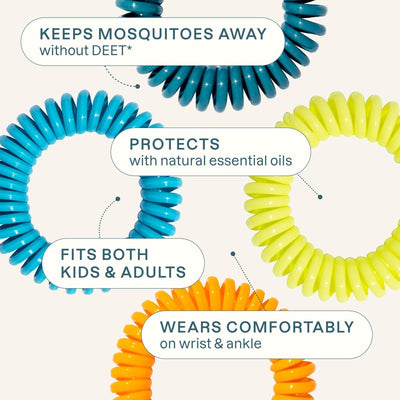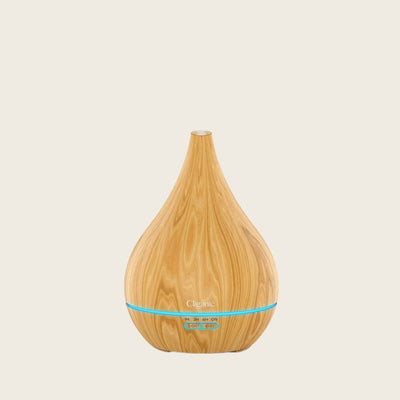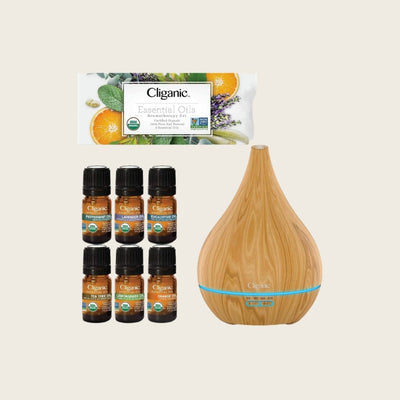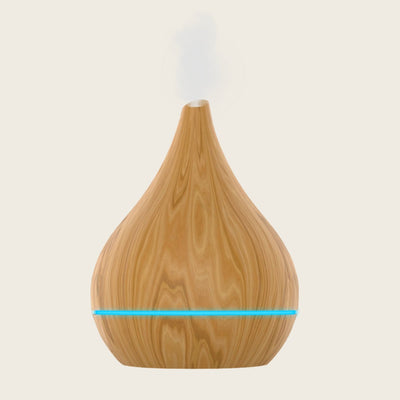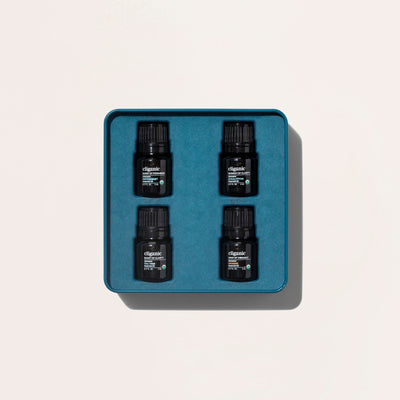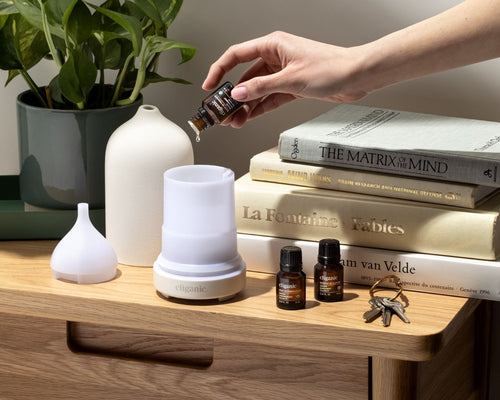
Best Essential Oil Diffusers For a Calm, Clean Home
Evenings have a way of asking you to slow down. The buzz fades, the lights soften, and small rituals start to matter again. It could be a cup of tea, the glow of a candle, or a gentle mist drifting through the room.
If you have been curious about the right essential oil diffuser, this guide keeps things simple. You will learn how each type works, which features actually shape your day, how to place and care for a unit, and a couple of quick blends to start.
How a Diffuser Works
Technically, a diffuser turns a tiny amount of concentrated oil into a light mist or vapor that the room can carry. An essential oil diffuser can work in a few different ways.
-
Ultrasonic: Water and oil mix in a tank. A small plate vibrates at high speed and creates a fine, cool mist that floats into the air.
-
Nebulizing: No water. Air moves through a narrow channel of pure oil to create a strong, fast aroma, similar to a quick perfume spritz.
-
Waterless micro-mist: A compact mechanism or cartridge releases short puffs of oil vapor, usually in timed bursts for personal zones.
-
Passive (stone or reed): Porous materials absorb the oil and let it evaporate gently, with no power or sound.
You don’t need to memorize the mechanics; instead, what you notice day to day is simple: coverage, runtime, sound level, cleanup, and how much space the unit takes up on a shelf. The result should be a fresher-smelling room and a more calming vibe, without heavy sprays.
Quick note: It’s always best to use single-ingredient oils that are third-party tested for purity and certified organic when possible. Each product at Cliganic is carefully checked for quality, so you know exactly what you’re diffusing.
The Buyer’s Checklist
When shopping for an essential oil diffuser, focus on the few choices that truly change your experience. Here’s a checklist to help you choose features that significantly impact your experience:
-
Room size and coverage: A 100ml tank is suitable for a small office or bedroom. Larger 300-500ml units are suitable for open living spaces.
-
Run time and modes: Choose steady mist for a constant background aroma or intermittent to stretch oils. Auto shut-off is comfortable at night.
-
Materials and look: BPA-free tanks and simple glass or neutral finishes blend in quietly. A stable base keeps things safe.
-
Noise and lighting: Whisper-quiet operation matters near a bed or desk. A low, warm light can set an evening mood without glare.
-
Maintenance and warranty: Daily empty, weekly clean. Easy access to lids and plates saves time. Check for parts and basic warranty support.
-
Budget and value: Spend on reliability and tank design. Skip flashy extras you will not use.
Choosing becomes easy when you line these up against your daily needs.

Top Picks by Use-Case
Each diffuser type has its own strengths. Here’s how to decide which one fits your needs better:
Ultrasonic for Everyday Family Rooms
Add water and a few drops, then let a fine mist roll through the space. It stays quiet, steady, and almost invisible until you notice the room feels softer and more at ease.
Nebulizing for Quick Impact and Larger Rooms
This type of diffuser uses pure oil with no tank. The aroma gets noticeable fast, which is helpful before guests arrive or when you want the whole area to feel refreshed in a short time.
Waterless Micro-mist for Desk or Nightstand
Often small, sometimes cordless, and easy to keep nearby. It sends short bursts to refresh your personal zone without reaching the rest of the house. Great beside a laptop or near a reading chair.
Passive Stone or Reed for Kids’ Rooms and Entryways
No cords or buttons. The fragrance is gentle and close-range. Perfect for a child’s room where safety matters, or by the front door to greet you with a soft welcome each time you come home.
In the end, there isn’t one best diffuser, only the one that makes your room feel more like you and fits in your space effortlessly.
Real-Life Scenarios: Choosing the Best Fit
Still not sure which diffuser will actually fit your space? Sometimes the easiest way to decide is to picture it in real life. Imagine the moments where you’d use one and how it could quietly change the way the room feels. Once you see it in your own routine, the choice starts to make sense.
-
Work-from-home focus corner: A compact unit on intermittent mode keeps the air light without overdoing it. Tidy cord routing helps your desk feel calm and clear.
-
Open living with pets: For larger rooms, a larger unit with an auto-shutoff is practical. Place it high with good airflow so the mist spreads evenly.
-
Evening wind-down: Use a timer and very low light near your favorite chair. Position the outlet away from your face for a soft, relaxed drift.
-
Guest-ready home: A nebulizer in the entry instantly lifts the mood. In bedrooms, a passive option keeps things fresh without being intense.
Home is not only how it looks. It is how it feels while you are in it.
Safe Setup, Placement, and Care
A diffuser is simple to use, but a little bit of care makes it work better and last longer. Think of it less like a gadget and more like something you use every day, like a favorite mug or teapot.
-
Pick the spot: Flat, steady surface with airflow. Keep a little distance from walls, curtains, screens, and direct sun.
-
Set the base and fill: Place the unit where it will live, then add clean, room-temperature water to the fill line. If tap water is very hard, use filtered or distilled water.
-
Add the oil: Start with 2 to 4 drops. You can add one more later if you want a stronger presence.
-
Mode and light: Choose continuous or intermittent. If you are new to diffusing, intermittent is gentler and stretches your oils. Keep the light low if the unit offers it.
-
Let the room breathe: Aim mist toward open space, not at faces or screens. If the air feels heavy, open a window for a minute and restart.
-
Daily quick clean: Unplug, pour out any remaining water from the drain side, wipe the tank and lid, then air-dry with the lid off.
-
Weekly deep clean: Half a tank of water with a teaspoon of white vinegar. Run for a few minutes, unplug, pour out, wipe, swab the plate and corners, rinse, and air dry.
-
Safety check: Keep out of reach of children and pets. Store oils upright with caps tight. Stop and clean if anything feels off.
Simple steps like these keep your diffuser lasting longer and your rituals feeling effortless.
Starter Blend Ideas
If you’re just beginning with essential oil blends, keep it simple. A few drops can shift how a room feels without overwhelming the senses.
Try an evening unwind mix: add 2 to 3 drops of lavender essential oil in a small unit for a soft, cozy calm. For daytime freshness, go with 2 to 3 drops of lemongrass essential oil in intermittent mode after cooking. Start with fewer drops, let the mist run for 30 to 60 minutes, and notice how the air feels lighter and renewed.

FAQs
How many drops should I use?
Start with 2 to 4 drops and adjust to room size and comfort.
Can I run it overnight?
Yes, but intermittent mode with auto shut-off is the most comfortable approach. See how the room feels in the morning, and adjust accordingly.
Which oils are beginner-friendly?
Simple singles are easy to learn with. Check each product page for details on sourcing and testing.
Does cleaning really matter?
It does. A clean unit keeps the aroma clear and helps it run smoothly. For overnight use, an essential oil diffuser with auto-shutoff and consistent cleaning is the most worry-free combination.
Choose a Calm, Clean Home
A calmer, fresher-smelling home does not need to be complicated. Pick an essential oil diffuser that fits your room, start with gentle two-oil blends, and let small habits do the work.
With steady use, the little ritual becomes part of the feel of home.
Explore Cliganic’s USDA Organic curated diffuser collection and revamp your home.






